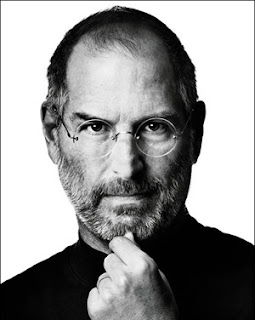Calligraphy is both aesthetic and technical and these two facets cannot be separated. It is also a lesson in history, where Chinese scrolls, Islamic arts and the Illuminated manuscripts of the European Middle Ages can all be examined together. It provides a history of power of religion, monarchies and of communication and technologies at different periods of time. It also suggests that laborious and meticulous writing has its pleasures and can also be used as innovation. For Jobs, it was in his recollection of the Calligraphy course in his commencement address that made the difference that marked the Mac from other computers, and this difference was what millions of people and consumers‹appreciated. . . .
Humanities and arts cannot be pigeonholed as unnecessary or extra, as luxuries that we cannot afford now, as simply being about pleasure rather than about productivity. They are central to innovation, and to separate these is to the detriment of all of us.

